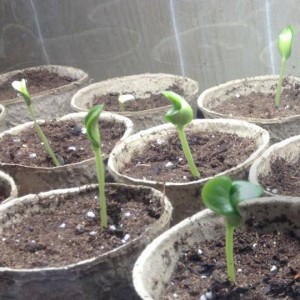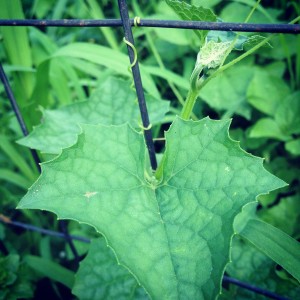Have you recently received a packet of loofah seeds from Sheila Sacks Designs? I’ve included a guide to answer any questions you may have pertaining to the process of growing your own loofahs. Results may vary, so please consider these suggestions only. If you use different techniques, I’d love to hear about them!
Plant Hardiness Zone Notice: The directions listed below are for Zone 6, which includes southeastern Pennsylvania. Please consider your own climate when attempting to grow loofahs, as the length of the growing season and overall environment will greatly affect your harvest, as well as whether to start the seeds indoors or outdoors. Loofahs need a growing season of A map of plant hardiness zones can be found on the USDA website.












